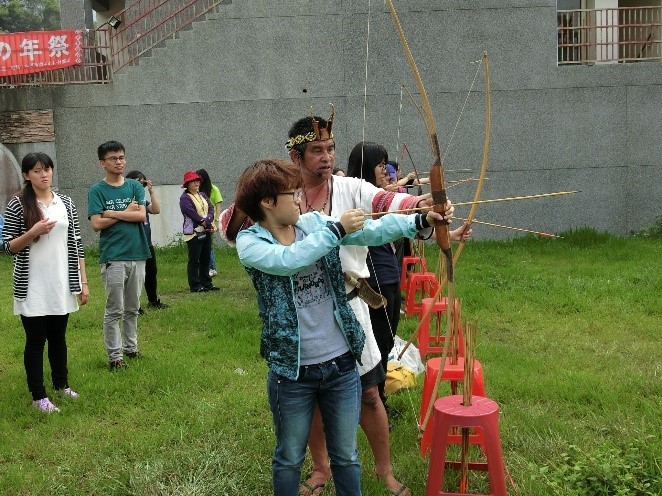Does your university as a body deliver projects to record and/or preserve intangible cultural heritage such as local folklore, traditions, language, and knowledge?
The Aboriginal Student Resource Center of our university teaches aboriginal dance or songs in the aboriginal language every year. In addition to teaching, it also performs in public, allowing more people to understand aboriginal dance and music.
http://student.ncue.edu.tw/files/11-1017-2250-1.php?Lang=zh-tw
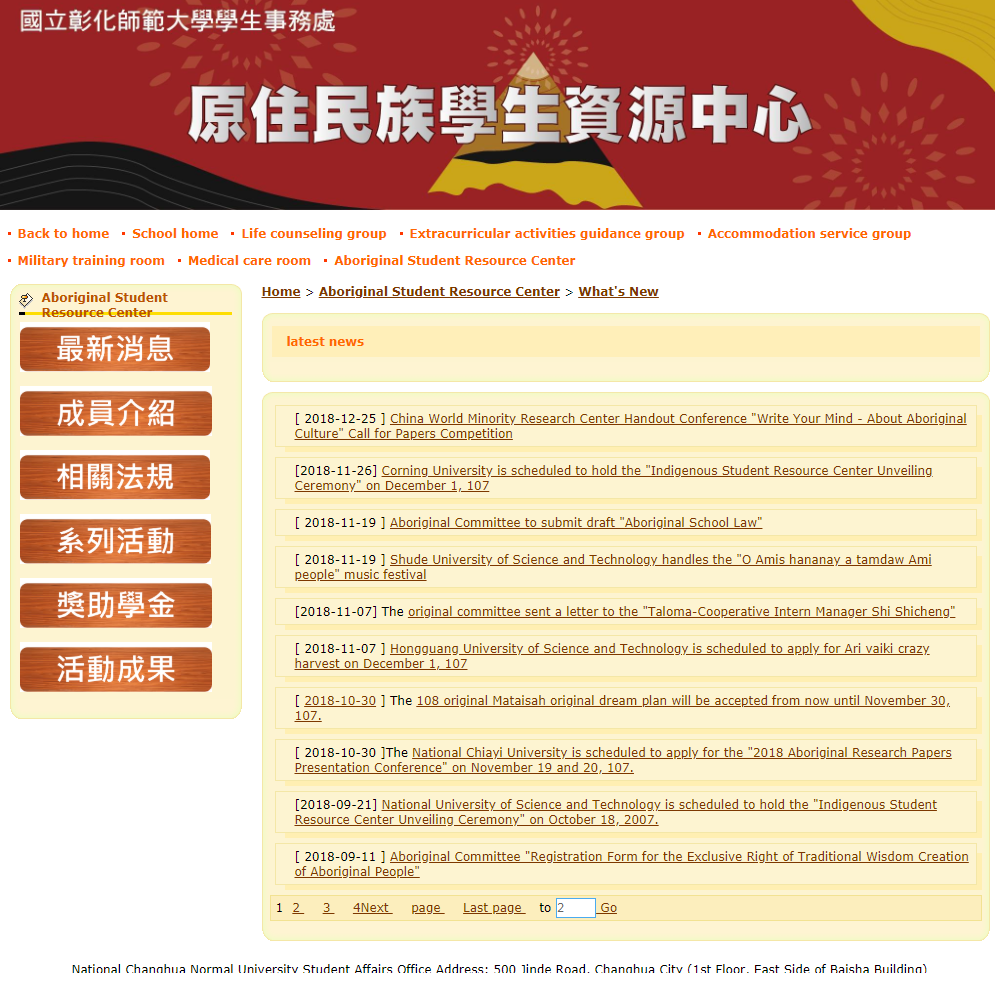
http://student.ncue.edu.tw/files/132-1017-17.php?Lang=zh-tw

(1) The Aboriginal Student Resource Center of our university teaches aboriginal dance or songs in the aboriginal language every year. In addition to teaching, it also performs in public, allowing more people to understand aboriginal dance and music.

(2) Cross-stitch is one of the oldest forms of embroidery. It can be seen all over the world. Aboriginal people apply this embroidery method to their clothing and create many gorgeous fabrics. The Center offers a cross-stitch course to pass this skill on to young students.
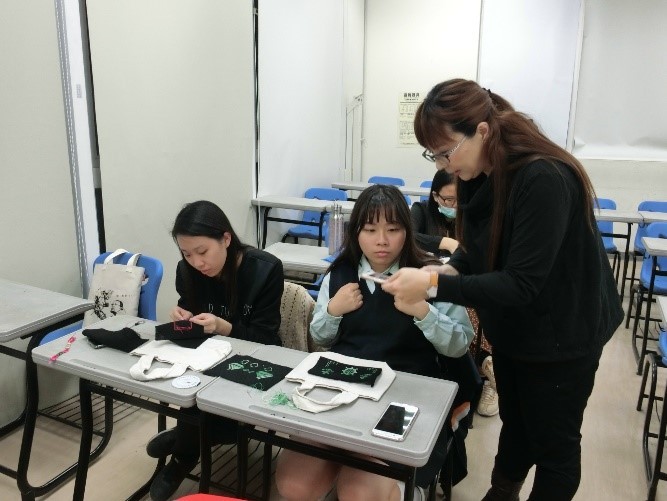
(3) Seediq language classes are run to pass on minority languages.

(4) In the past, to make a piece of clothing, women had to start from the cultivation of ramie. Weaving cloth required the complicated work of scraping and drying ramie, twisting threads, and arranging threads. The Aboriginal Student Resource Center allows students to experience ramie thread production and strengthen the inheritance of craftsmanship.
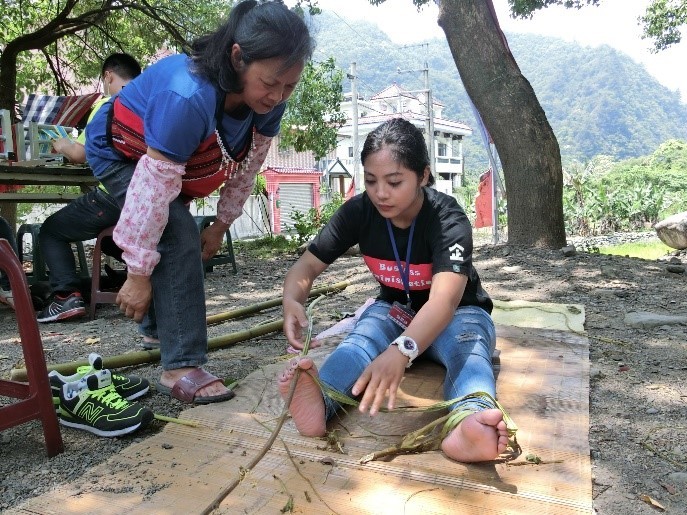
(5) Weaving skill is a common feature of aboriginal tribal women; therefore, weaving is not for making clothes to cover the body but also to demonstrate the cultural heritage of women.
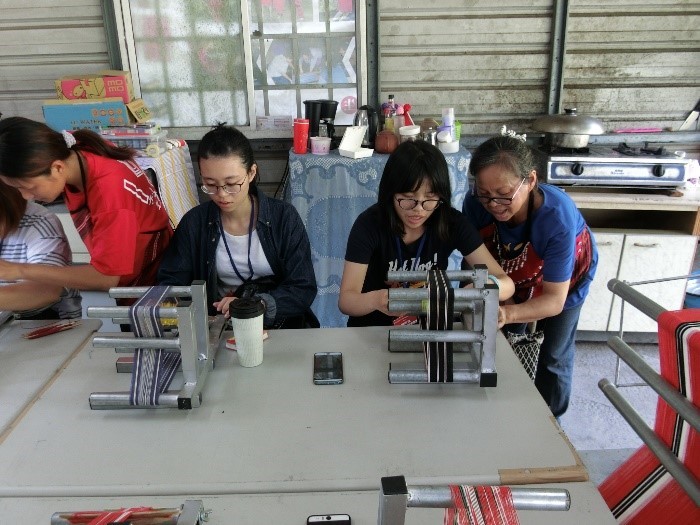
(6) Archery is an important part of the aboriginal hunting culture. The Aboriginal Student Resource Center visits tribes every semester to learn the culture of each tribe, so as to achieve the purpose of heritage conservation.
